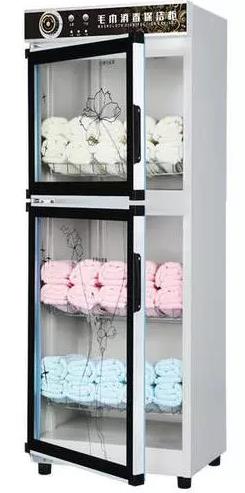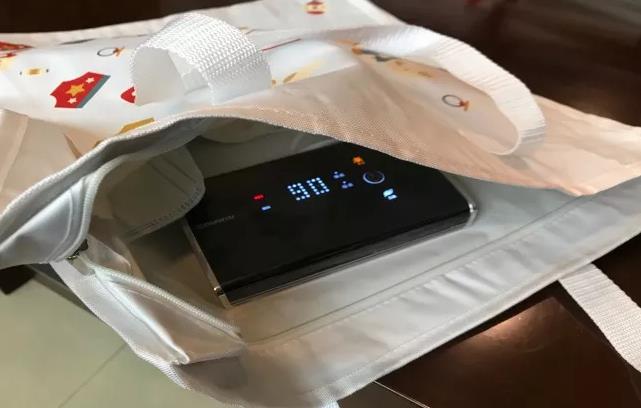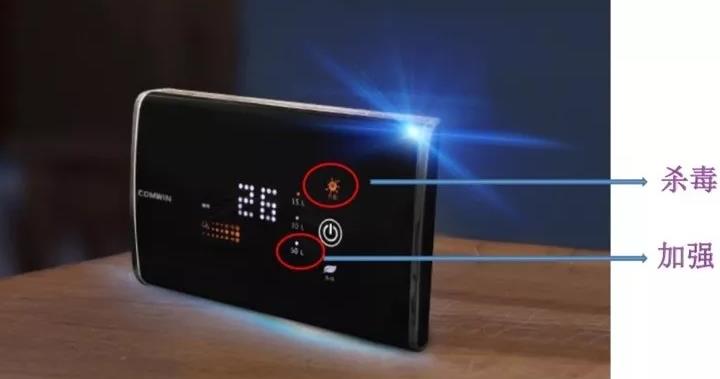With the spread of the 2019-nCoV (new coronavirus) epidemic, manufacturers of masks, goggles, and protective clothing across the country have tried their best to expand production, and a large number of these materials have also been transferred to China from neighboring countries such as Japan and Vietnam. In China, the gap is still large. Medical surgical masks and N95 masks are disposable. If the masks are not enough, they need to be disinfected and recycled for 3-5 times. How to disinfect? There are many methods recommended on the Internet. Now, UV Guard will share with you about several disinfection methods for masks. Masks block droplets and fine dust, and isolates bacteria and viruses through a microfiber filter layer to play a protective role. Masks cannot withstand high temperature and water soaking. When the filter layer structure is damaged or the mask is deformed, the filtering effect will not be achieved.
✦✦✦ Oven disinfection
Recent research results show that 2019-nCoV can be killed at 56°C for 30 minutes. It can be sterilized by clothes dryers and ovens. The temperature is set in the range of 60-65°C and the masks are baked for 30-40 minutes. This disinfection method is applicable for killing the coronavirus 2019-nCoV, but it may not kill other pathogenic microorganisms. Note: 1. Confirm the temperature range (60-65℃), and select the appropriate dryer and oven. 2. Check that there is a fan in the machine to ensure the temperature uniformity of the cavity. The minimum temperature is not less than 56℃, and the high temperature is not more than 65℃. 3. Confirm that the dryer and oven have no open flame or high temperature exposure points to avoid burning. 4. The disinfection cycle is set to 40-60 minutes to ensure that the time period at 60-65℃ is not less than 30 minutes.

✦✦✦✦ ozone disinfection
Ozone is a broad-spectrum disinfectant. The gaseous ozone molecules have good diffusivity and can diffuse to the surface of each layer of the mask. The disinfection is more thorough, and it can also eliminate the odor on the mask. Note: 1. The ozone concentration is 20-30ppm for 30 minutes to ensure the disinfection effect. Choose a suitable ozone disinfection cabinet. 2. It is recommended to choose a disinfection cabinet that uses 185nm UV rays to generate ozone, so that there are no toxic by-products nitrogen oxide. 3. The ozone disinfection cabinet should be well sealed to avoid ozone leakage. 4. After disinfection, take the mask and shake it to eliminate residual ozone. 5. Disinfect masks of different persons separately. It is recommended to use ozone disinfector, which is a professional ozone disinfector registered for disinfection. Put the mask and ozone disinfector together in an ozone-resistant sealed bag for disinfection. The ozone disinfector generates ozone with 185nm UV rays without toxic by-products nitrogen oxide; it is equipped with a fan for circulation, and the spatial ozone concentration is uniform; it also has an ozone reduction function, which not only ensures the ozone disinfection effect, but also ensures that the ozone concentration after disinfection meets safety requirements.


✦✦ Steamer sterilization
Some people recommend to place the mask on the steamer after the steamer boils, and close the cover and fumigate for 3 minutes, then take it out and let it dry naturally. This method has high temperature and good disinfection effect. High temperature and water vapor may affect the mask structure, so we hold reservations. It is recommended to use it with caution or check that the mask is not deformed when using it.
The following methods are not advisable!
✕ Washing: Washing can easily deform the mask and destroy the adsorption effect of the mask
✕ Boiling: Water will destroy the adsorption of the mask.
✕ Autoclave disinfection: Water will destroy the adsorption effect of the mask.
✕ Microwave disinfection: masks contain metal and cannot be disinfected in a microwave oven; for masks that do not contain metal, spray a small amount of water and heat it with a microwave, and the temperature is difficult to control, so it is not recommended.
✕ Disinfectant disinfection: Water will destroy the adsorption effect of the mask, and there will be disinfectant residues.
✕ Alcohol disinfection: it is difficult to make all surfaces fully contact with alcohol through spraying alcohol, so the disinfection is not thorough. If excessive spraying, the adsorbed water will destroy the adsorption effect of the mask.
✕ Heating and disinfection with the hair dryer: The hair dryer can only reach 60-65℃ locally, so it cannot be thoroughly disinfected.




